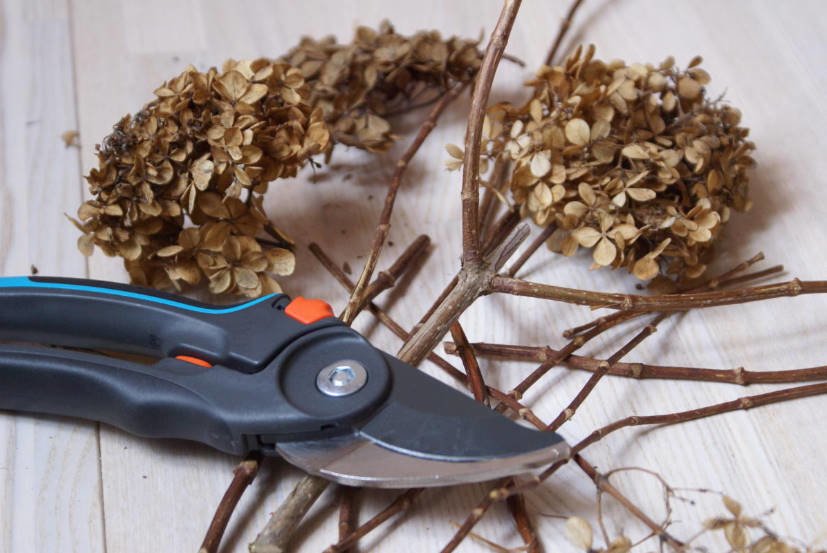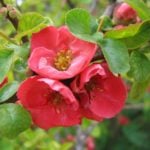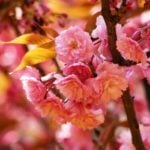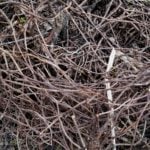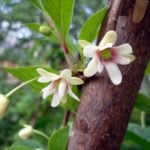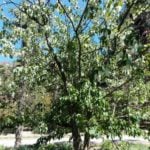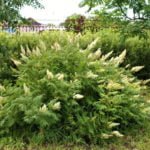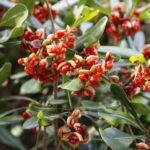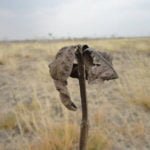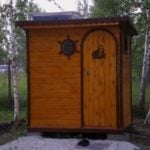Many summer residents, ennobling their plots, prefer different types of hydrangea paniculate. This is a very picturesque Bush with inflorescences-panicles, blooming in mid-summer.
Such hydrangeas bloom luxuriantly, while having a sufficiently high winter hardiness and durability: in the literature you can find references to 60-year-old bushes. However, it must be said that to get a truly highly decorative plants need to make some effort: the right to water, time to feed and regularly and timely pruning.
Basic information
Any hydrangeas, including paniculata, can quite easily survive without pruning. Why cut them? There are three main reasons for this.
- First, it is done to form a beautiful silhouette with a lush crown.
- Second, for abundant flowering and large inflorescences.
- Third, for constant rejuvenation and preservation of decorative from year to year.
Hydrangea paniculata should be cut in the spring, as early as possible and at least before the kidneys have awakened. However, they must be manifested, become visible. Regular strong spring pruning is useful: after it the Bush blooms profusely and long.
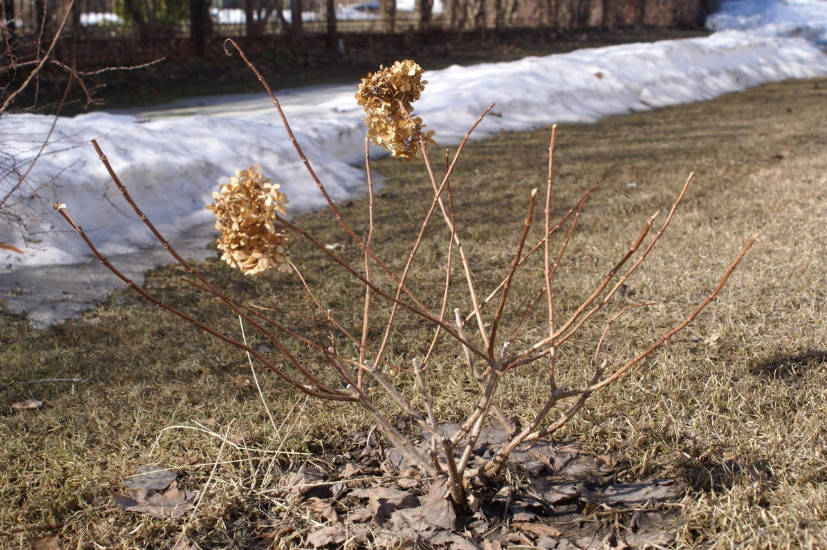
Hydrangea paniculate before pruning
This species blooms on shoots of the current year and is cut according to the classical scheme. By the way, this type also includes other hydrangeas.
The dried florets it is best to remove in the fall: thin stems may bend under their weight, especially after snowfall, and deform. However, many gardeners leave them, often on large bushes, as they look decorative and dried.
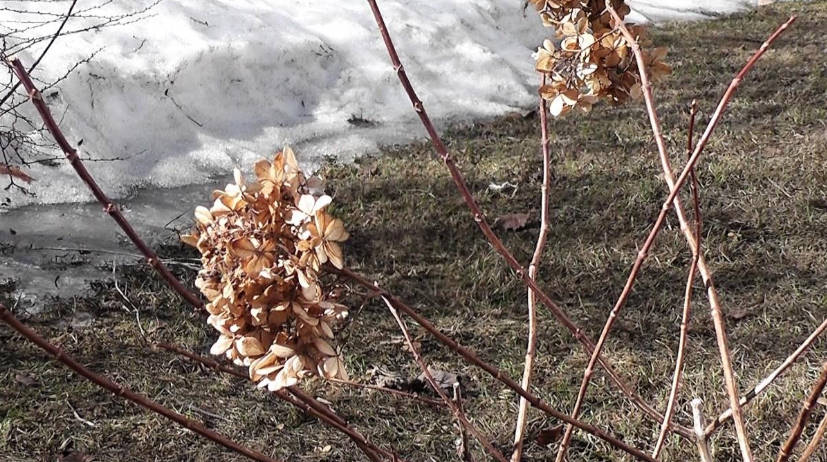
Last year’s inflorescence of hydrangea
Progress of work
First, remove the thin weak branches. Bush they thicken, power plants draw it out, and flowers are not allowed. In particular, we should remove the zero and weak (coming from the root) shoots.
It is necessary to remove those branches that grow inside the Bush. In the photo below you can see how the branch is cut out, directed to the center. The cut goes ” on the ring.”
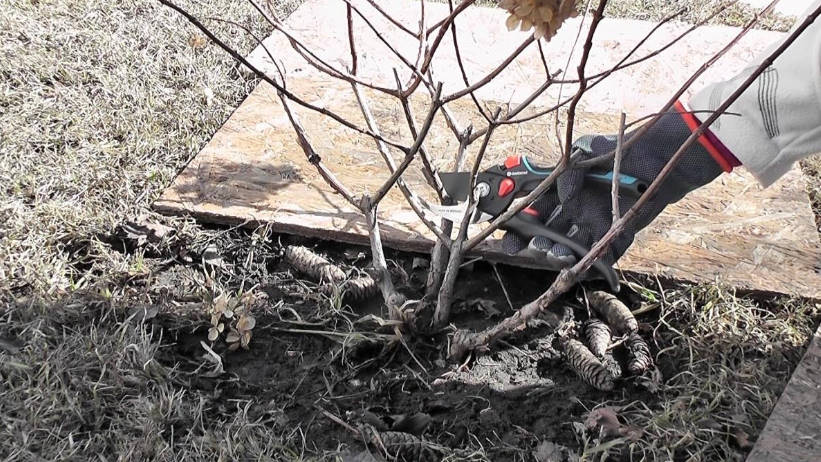
The branch directed to the center is cut
Then you need to cut large shoots. In the photo below you can see that after last year’s pruning from the abandoned buds grew good shoots that gave flowers. There are also short thin ones that need to be removed.

Of left kidney, had a good shoots
Shorten strong shoots to 2-3 buds: the more escape, the more buds can be left. Cross-section, above the kidney. Weak thin twigs, as well as damaged, beaten by frost removed. If the skeletal branch is frozen, it should be cut to healthy wood.

Shorten strong shoots to 2-3 buds
This is what a young hydrangea looks like after spring pruning.
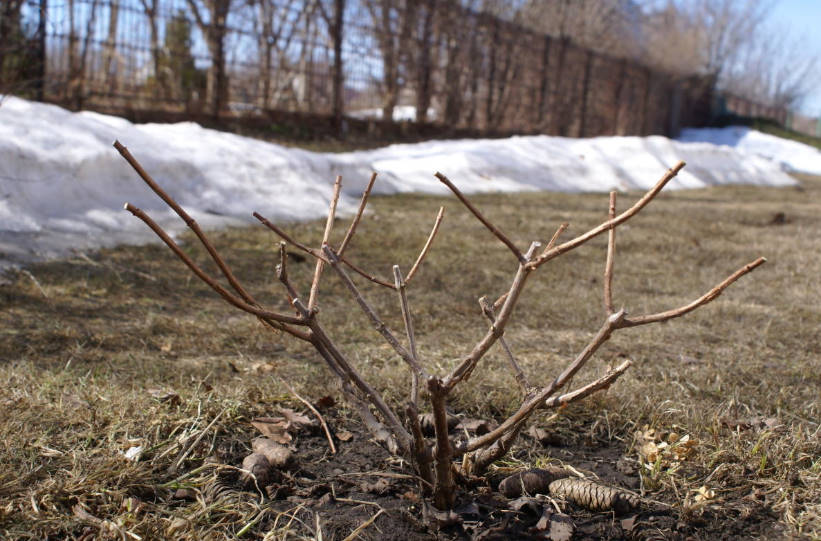
Hydrangea paniculate after pruning
If you have an old Bush, then every year you should leave 6-10 good strong branches, and the rest is completely cut, rejuvenating the plant. Rejuvenation can be carried out more radically, cutting out the aged plant”on a stump”. After this procedure, the Bush again becomes decorative in the second year. Hydrangea pruning is required every spring.
As a matter of fact, hydrangea, in addition to watering, does not require anything special, it is important only to feed in time. The first time it needs to be done at the beginning of the SAP flow, at this time, organic fertilizing works well. The second time is fertilized during the growth of buds. At this time, phosphate and potash fertilizers are required. This is the most basic nutrient without which flowering is not a good to.
Do you grow hydrangeas? What species grow in your garden?
